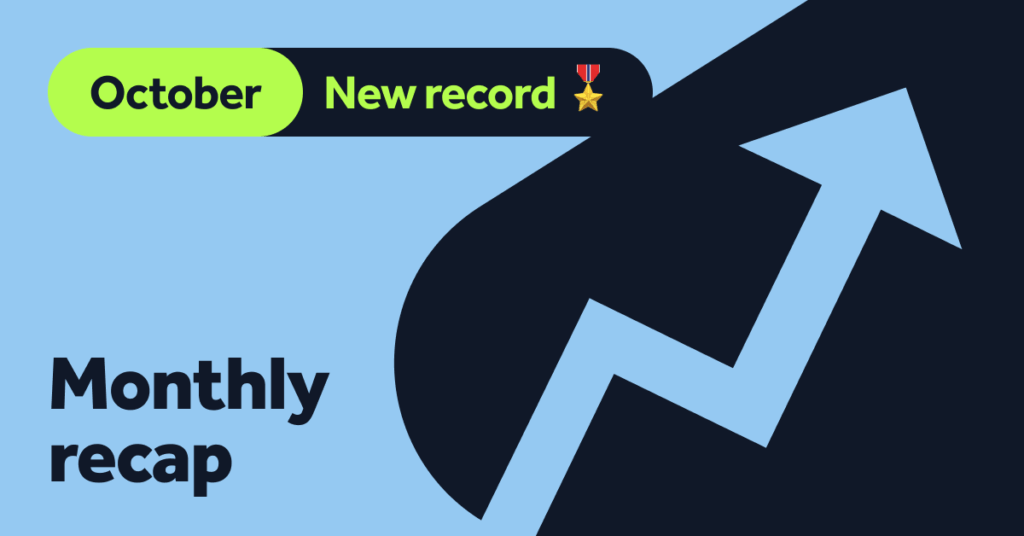Children don’t know the value of money by themselves. They need to learn it. But money management and finances are rarely taught in primary school. The result of this is damning. As young adults, those with little to no financial experience or education have poor money principles. As they grow into adulthood, these problems increase with growing debt, little savings, and a diminished financial future.
Is there a way to help prevent this from happening to your children? It turns out there is…

One great way to teach your kids about money at a young age is to give them an allowance. An allowance plants the seed of financial literacy, hard work, and money management. But giving an allowance isn’t always a sure thing. It’s still a financial decision that you should consider before you jump in with both feet.
Examining the risks
Giving an allowance isn’t all fun and games. For one thing, handing your children money each week or month adds another expense to your monthly budget. If you are already stressed and worrying about your finances, you might not feel comfortable handing extra cash to your kids. This is especially true if you have multiple children, as the cost of several allowances could get expensive.
If you decide to give an allowance in exchange for work or chores, you might also undermine your family values. Instead of doing chores because they are told, your kids might begin to believe these tasks only need to be done if they will be paid. This is something that would completely negate the point of the allowance in the first place.
Additionally, you must determine whether your child is old enough for the responsibility of an allowance. The question of what age to give an allowance is tricky. Every child is different, but they should understand the importance of receiving money and what they can do with it. A good rule might be that if the child is willing to learn, they are likely old enough to receive an allowance. “Whenever your child begins to show an interest in money is the perfect time to have a family discussion about earning an allowance,” says Dr. Joe Taravella, licensed clinical psychologist and supervisor of pediatric psychology at NYU Langone Medical Center.
Teaching through example
Studies show that 68% of parents give an allowance to their children. This is probably because an allowance is a great tool to teach children about money management in a real way. With an allowance, kids have the autonomy, decision-making control, and responsibility for something tangible. If your child wants to buy a video game with their allowance, you can teach him/her how many weeks they would have to save before they could afford the game. You could also help them understand what other things they could buy with the same amount of money.
According to Tim Sheehan, CEO of teen-focused digital banking company Greenlight: “Kids will surprise you with how much they will understand and how much they can do,” he said. “If you start with straightforward things like relating it to products or services they use, you can explain the high-level concept of investing to most kids.”
As a parent, you can employ a few different strategies for your kid’s allowance. There is no one-size-fits-all model when it comes to pocket money, so it’s best to think about which of these methods (or combination of methods) might work best.

Unconditional allowance
The unconditional allowance is precisely what it sounds like: You give your children money with no strings attached. The child is free to do whatever they want with their money. While the child might make poor financial decisions at first, the thinking behind this is that through their own autonomous decision-making, they will begin to understand money and its value over time. This creates a personal, healthy relationship with money that can lead to a more successful financial future. It is much better for a child to make a financial mistake at an early age when the risks are low, rather than when they’re older, and there is much more to lose.
Investing/Savings allowance
In this strategy, parents give their kids an allowance, but only if they agree to save or invest a portion of the money. The benefits are clear: From a young age, children discover the rewards of saving money or investing in growing their wealth. Imagine giving your kids a €20 monthly allowance with the stipulation that half of the money must be saved or invested. You can teach your kids about savings and investing when they are still young. Ultimately, they could take the €10 per month in savings and put it into a savings account, the stock market, or easy-to-use online investment platforms, with the help of their parents, of course.
You could also teach your children about donating to charities. This will help get your kid excited about a good cause they want to support with their own money. It will teach them about charity and helping others from a young age.
Working allowance
The working allowance is the type that most mimics the real-world. The parent gives a set of tasks to the child in exchange for a regular allowance. If these tasks are not completed, the allowance is not given. We are obviously not advocating you put your children through hard manual labor just to earn their allowance, but there is something to be said in learning the value of money through work. Depending on their age, this could be anything from brushing their teeth to washing the dishes or taking out the trash. By requiring your children to do chores or other tasks around the house in exchange for their allowance, they can easily make a direct correlation between hard work and money.
If this is what you decide, make sure to communicate this clearly with your kids. The last thing you want to do is hold this over their head. Eric Pucciarelli of oXYGen Financial says: “An allowance should not be used as leverage.” Meaning, don’t trick your kids into thinking they can earn their allowance with a few chores and then require them to complete more tasks before they get their money.

Don’t sweat the details
Ultimately, an allowance is a teaching tool. According to Kimberly Palmer, author of Smart Mom, Rich Mom: How to Build Wealth While Raising a Family: “The amount matters less than that you are using an allowance as a chance to talk about money and how to manage it.” There are even tools to help you along the way. BusyKid and iAllowance are two allowance management apps that allow you to track and give your kids an allowance while simultaneously teaching them more about money management.”
It may seem small, but by giving your kids an allowance, you are putting them on the path to financial literacy and a better financial future, one week at a time.




